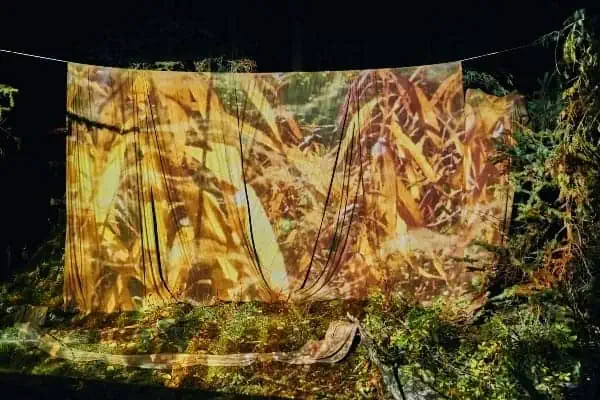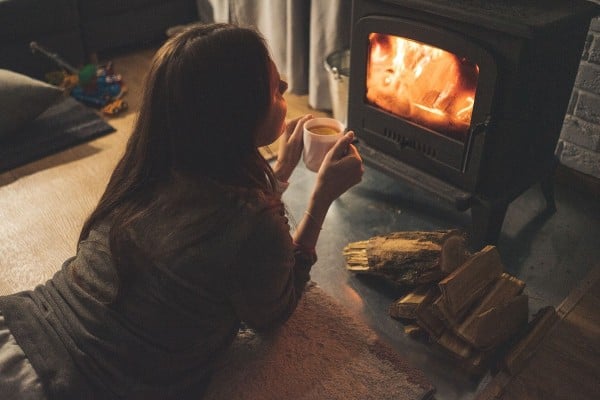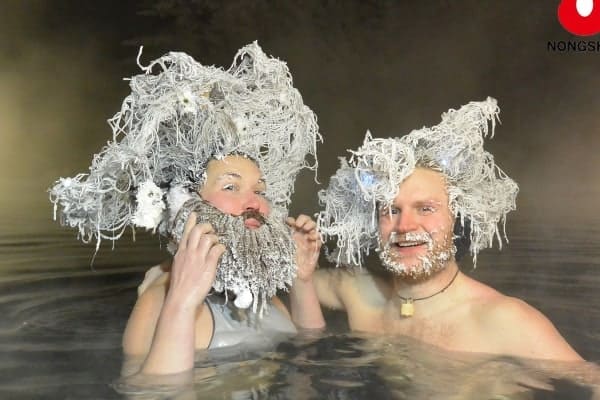The weather is returning to a more normal routine, and although I do love the warmer weather, it does make for cloudy nights, offering few opportunities for deep-sky observing.
It is Saturday night, the temperature is minus 18 and the wind is light. All my astronomical viewing forecasters (The Weather Network, Clear Sky Clock and even the Weather Channel) agree: it should be reasonably clear skies this evening.
Upon looking outside, I see mostly clear skies with wisps of high cloud moving in. A few bright stars are trying to peek out high overhead and the moon is below the horizon. Brilliant Jupiter is resting low on the southern horizon and can be seen as early as 5 p.m.
At these temperatures it is always best to get your telescope mirrors and lenses acclimatized to the outside temperature as soon as possible. Placing my telescopes on the front porch to cool, I began to load the rest of my gear.
Two hours later, as I am getting ready to go, I look upward and see only one star in the sky and it is having problems trying to avoid the encroaching clouds. This is not what I was hoping for, so I quickly re-checked the weather and satellite maps: they still said it should be clear.
Before leaving, I sent an e-mail to everyone informing them of the impending cloud cover and that I was still going up to the Grey Mountain Lookout Point.
On the journey to the observing site, I came upon a rather familiar site. At the traffic circle by the S.S. Klondike, there was a coyote just sitting at the crosswalk watching traffic go by. I have always considered seeing a coyote or fox on my journey to the observing site, a good omen.
Upon arriving at the observing site, I was greeted by some old friends and new. The sky was mostly clear, the wind was light and the temperature was definitely brisk. Quickly I set all my gear and let my eyes adjust to the dark night skies.
As it would still take a little time for my telescopes to thermally stabilize to the outside temperature, I decided to catch up with everyone and see what’s new. As other people had their telescopes already set up, I decided to check out the view, through some of my favourite telescopes, of the Double Cluster – always a great way to start an observing session.
Now it was time to take my 14-inch Dobsonian for a look. The Double Cluster looked impressive, but the stars were not sharp, well-defined pinpoints of light. This was caused by a layer of high cloud, reducing the stars to a softer, not so well-defined point of light. In the 20×80 binoculars, the view was just fine, using less power and sometimes presenting a better view.
As Orion was now sliding around the ridge, I decided to grab a quick view of the Orion Nebula. Even though it was close to the horizon, the nebula could easily be seen in all the telescopes and binoculars on-site. Ghostly tendrils of cloud surrounded a small star cluster. Always an awesome view, even though the night skies were not the best for observing.
One of my favourite sights is a cosmic silhouette. When you see the constellation of Orion rising above the horizon and you can see trees and outcroppings of rocks on the mountaintop ridges, it makes for a memorable sight.
Tonight was no exception, starting with Orion sliding over the ridge. Next, the moon’s glow began lighting up the sky behind us. Soon the moon began to slowly creep above the jagged hilltop.
This view was best observed with the unaided eye as even in binoculars the moon was swimming in atmospheric turbulence. With a few stray trees in my field of view, it made for an impressive view.
After the moon cleared the horizon behind us, we were in for another cosmic treat: Mars had risen above the horizon as well. Now we had the planet Mars, the moon and the constellation of Orion, all in nice neat row, lined up above the mountain ridge.
Making this sight all the more impressive was a jet flying through this cosmic scene, leaving a silver-blue contrail. Truly a spectacle to sit back and enjoy; no equipment required.
The Pleiades star cluster sat above this magnificent cosmic lineup, completing the view. Shortly after the wind picked up, making it bitterly cold, the clouds started to thicken up.
People started packing up and heading for home and a cup of hot chocolate. I decided to hang around and try out more experiments with the Dobsonian telescope and a camera. After all, it was a beautiful night sky … so why waste it.
It was not until around 1:30 a.m. before the moon had risen far enough off the horizon that the view was clear and not swimming in atmospheric turbulence. Even at low power, craters, mountains and lunar seas were all easily seen. The light layers of cloud made for a most surrealistic view.
The wind had now picked up, making it brutally cold, so I decided it must be time to head home to some of that hot chocolate myself. It was a great evening with most of our observing done with the unaided eye. Sometimes the best instrument to enjoy the night sky with is the unaided eye.
Take some time and head outside and try it for yourself. All you need is a chair, coffee, Sky News magazine and a red light to read your star chart. Enjoy the view!
Clear Skies, from James “Deep Sky” Cackette.
James “Deep Sky” Cackette can be reached at [email protected]. See his photo adventures on Facebook at Yukon Night Skies.




